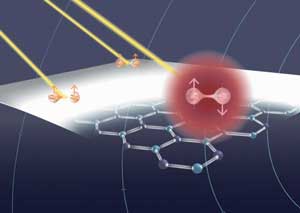
Monday, February 11, 2019
Engineers develop room temperature, two-dimensional platform for quantum technology
Researchers use X-rays to understand the flaws of battery fast charging
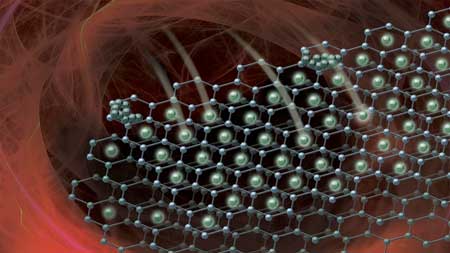
Next-generation optics in just two minutes of cooking time
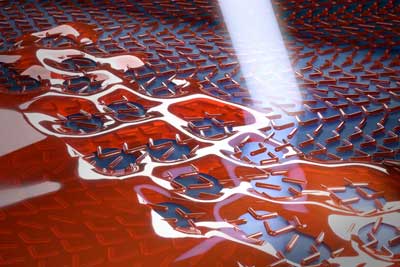
Quantum strangeness gives rise to new electronics
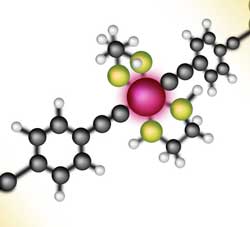
Scientists build the smallest optical frequency comb to-date
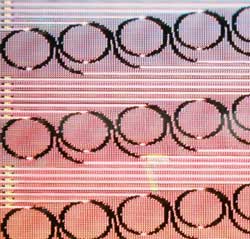
Researchers find way to stabilize color of light in halide perovskites
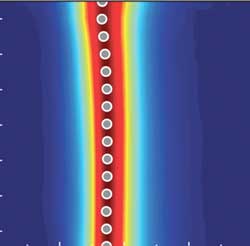
Researchers develop flags that generate energy from wind and sun

Highly complex two-dimensional tessellation in the molecular world
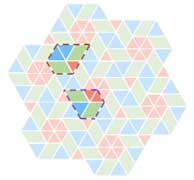
Subscribe to:
Comments (Atom)
